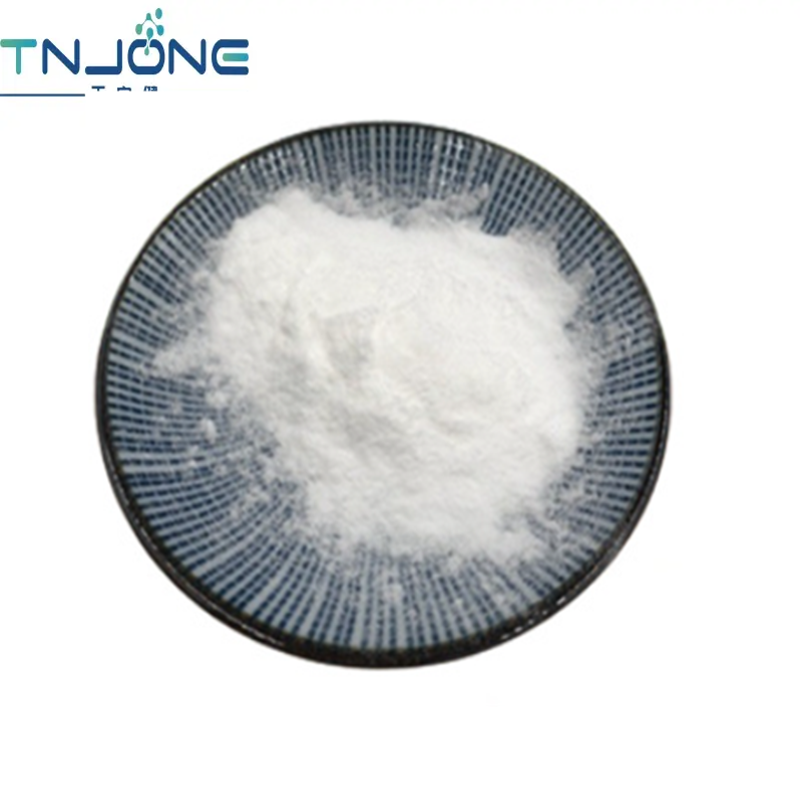-
Categories
-
Pharmaceutical Intermediates
-
Active Pharmaceutical Ingredients
-
Food Additives
- Industrial Coatings
- Agrochemicals
- Dyes and Pigments
- Surfactant
- Flavors and Fragrances
- Chemical Reagents
- Catalyst and Auxiliary
- Natural Products
- Inorganic Chemistry
-
Organic Chemistry
-
Biochemical Engineering
- Analytical Chemistry
-
Cosmetic Ingredient
- Water Treatment Chemical
-
Pharmaceutical Intermediates
Promotion
ECHEMI Mall
Wholesale
Weekly Price
Exhibition
News
-
Trade Service
Sodium dicyanamide, also known as DCCA, is an important chemical in the chemical industry.
It is used as a catalyst in the production of various chemicals such as plastics, fibers, and dyes.
It is also used in the production of fertilizers, pharmaceuticals, and personal care products.
Sodium dicyanamide can be produced through several synthetic routes, some of which are outlined below.
- The Ammerman process
The Ammerman process is a well-known route for the production of Sodium dicyanamide.
In this process, ammonia and hydrogen cyanide are reacted in the presence of sodium hydroxide to produce sodium dicyanamide.
The reaction takes place in several steps, and is as follows:
NH3 + HCN → NCNH2 + H2O
NCNH2 + HCN → NCNH3 + H2O
NCNH3 + HCN → NCNH4 + H2O
NCNH4 + HCN → NCNH5 + H2O
The reaction is exothermic, and the product is obtained as a solid that can be easily separated from the reaction mixture.
- The Ziegler-Natta process
The Ziegler-Natta process is another well-known route for the production of Sodium dicyanamide.
In this process, a mixture of diethyl zinc and hydrogen cyanide is heated to produce the desired product.
The reaction takes place in several steps, and is as follows:
Zn(C2H5)2 + HCN → NCNH2Zn + C2H5OH
NCNH2Zn + HCN → NCNH3Zn + H2O
The product is obtained as a solid that can be easily separated from the reaction mixture.
- The Witze process
The Witze process is a catalytic hydrocyanation process that is used to produce Sodium dicyanamide.
In this process, dicyandiamide is produced by reacting urea with hydrogen cyanide in the presence of a catalyst, such as copper cyanide.
The reaction takes place in several steps, and is as follows:
CO(NH2)2 + HCN → NHCNH2 + CO
NHCNH2 + HCN → NCNH2 + H2O
The product is obtained as a solid that can be easily separated from the reaction mixture.
- The Brunauer process
The Brunauer process is a process for the production of Sodium dicyanamide that uses metal cyanides as catalysts.
In this process, ammonia and hydrogen cyanide are reacted in the presence of a metal cyanide catalyst to produce the desired product.
The reaction takes place in several steps, and is as follows:
NH3 + HCN + MCN → NCNH2 + MNHCN
The product is obtained as a solid that can be easily separated from the reaction mixture.
- The Tebbe process
The Tebbe process is another process for the production of Sodium dicyanamide that uses metal cyanides as catalysts.
In this process, ammonia and hydrogen cyanide are reacted in the presence of a metal cyanide catalyst to produce the desired product.
The reaction takes place in several steps, and is as follows:
NH3 + HCN + MCN → NCNH2M + MNHCN
The product is obtained as a solid that can be easily separated from the reaction mixture.
In conclusion, there are several synthetic routes for the production of Sodium dicyanamide, each with its own advantages and disadvantages.
The choice of route depends on factors such as the availability of raw materials and the desired purity of the product.
The Ammerman process, the Ziegler-Natta process, and the Tebbe process are some of the most common routes used in industry today.






